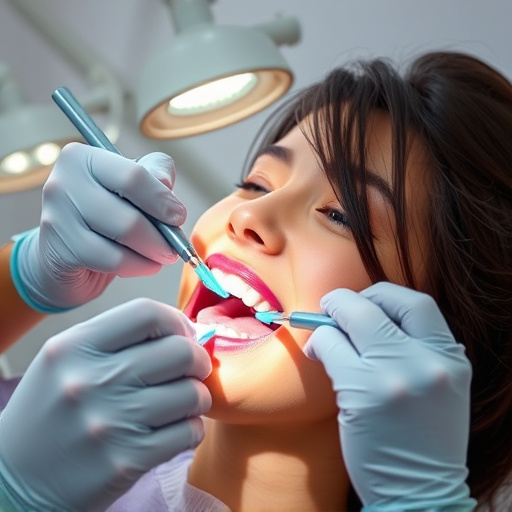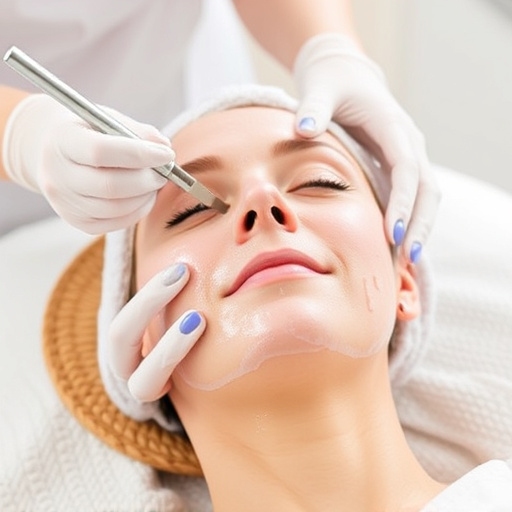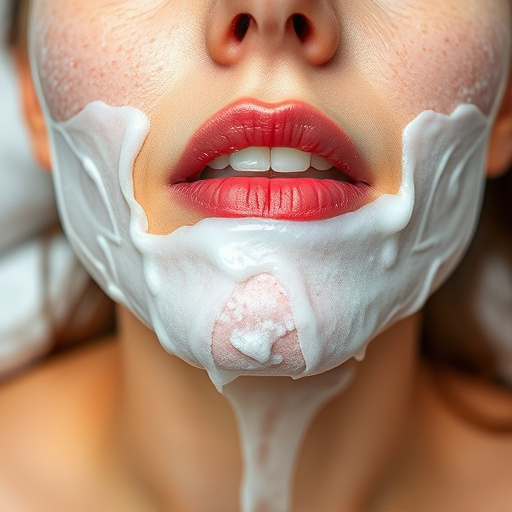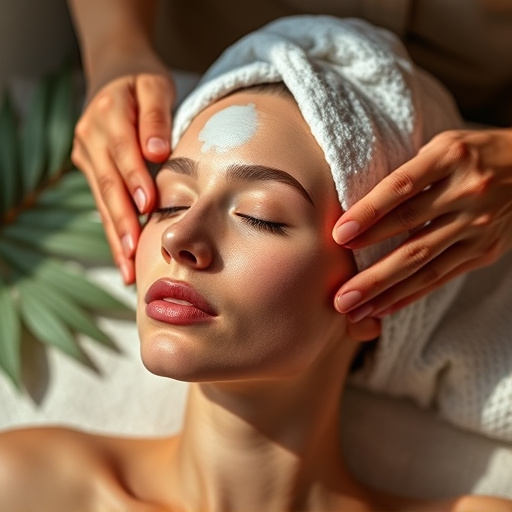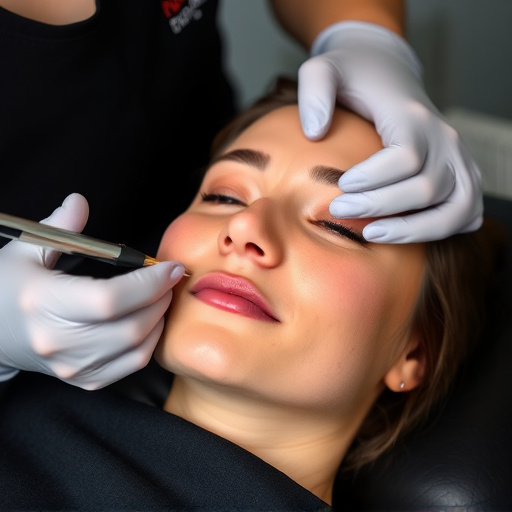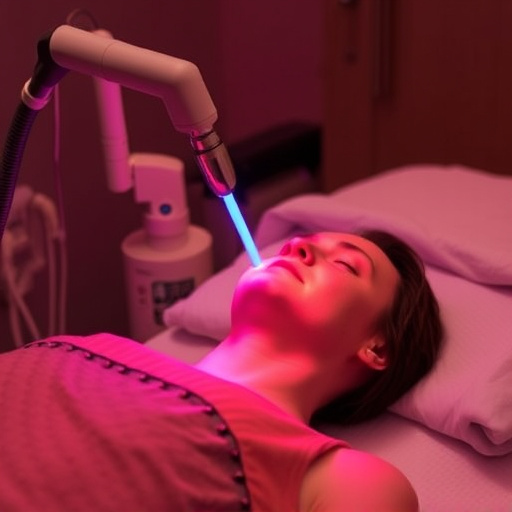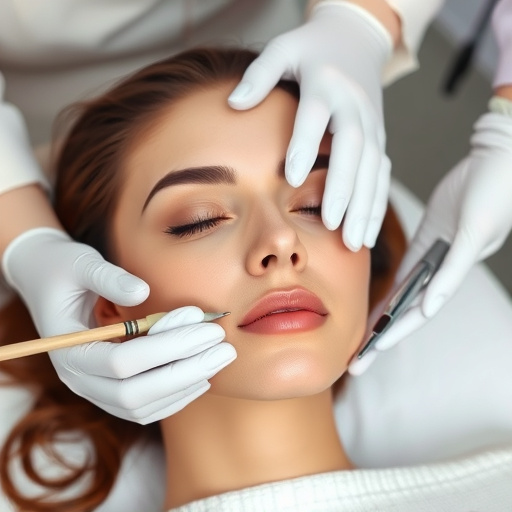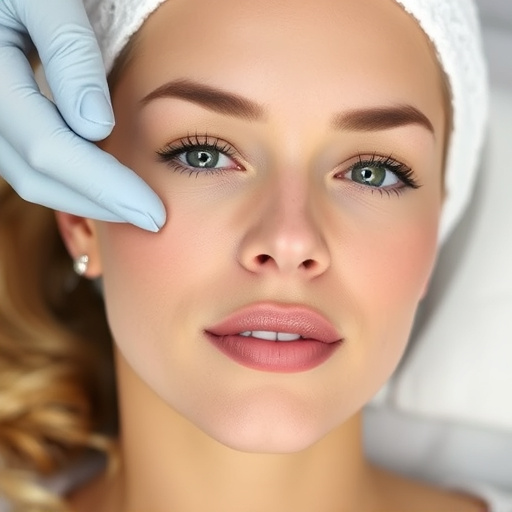Cystic acne, caused by blocked follicles and inflammation, is diagnosed through examination and consideration of various factors. Early intervention includes topical medications (retinoids, benzoyl peroxide), oral antibiotics, isotretinoin, facials, and skin rejuvenation techniques. Topical treatments unclog pores and reduce inflammation. Severe cases may require surgical interventions, balanced diets, proper hygiene, stress management, and avoiding exacerbating factors for comprehensive cystic acne treatment.
Cystic acne, a severe form of acne characterized by painful, large pimples beneath the skin’s surface, can significantly impact self-esteem. This article explores effective cystic acne treatment options recommended by dermatologists today. We delve into understanding the causes and diagnosis, providing an in-depth look at topical treatments, surgical interventions, and lifestyle changes to manage this stubborn condition. By addressing these aspects, you’ll gain valuable insights into achieving clear skin and restoring confidence.
- Understanding Cystic Acne: Causes and Diagnosis
- Topical Treatments: Medications and Creams
- Beyond Topicals: Surgical Interventions & Lifestyle Changes
Understanding Cystic Acne: Causes and Diagnosis
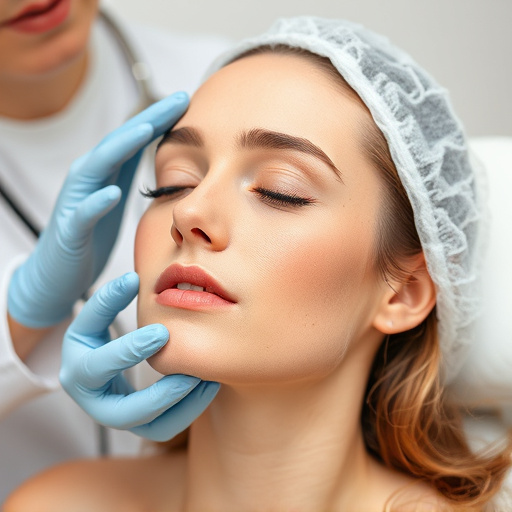
Cystic acne is a severe form of acne characterized by deep-seated inflammations known as cysts. These cysts form when hair follicles become blocked, trapping sebum (skin oil) and dead cells beneath the surface. Unlike typical pimples that pop up on the skin’s surface, cysts stay underneath, leading to pain, scarring, and inflammation. Understanding the cause is crucial in diagnosing and effectively treating this condition.
Diagnosis involves a thorough examination by a dermatologist who may use tools like dermoscopy or biopsies to assess the severity of the cysts. Factors such as family history, skin type, age, and lifestyle habits can contribute to cystic acne development. Early intervention is key in preventing scarring and promoting faster healing with appropriate cystic acne treatment options, including topical medications, oral antibiotics, isotretinoin (an intense retinoid), or a combination of these methods tailored to the patient’s needs. Additionally, procedures like customized facials and skin rejuvenation techniques can complement these treatments for comprehensive care.
Topical Treatments: Medications and Creams
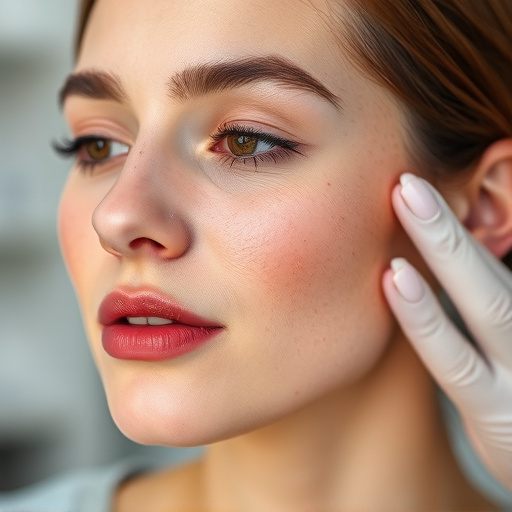
Topical treatments are a cornerstone of cystic acne management, offering targeted and effective solutions for those struggling with this severe form of acne. Dermatologists often prescribe topical medications, such as retinoids, benzoyl peroxide, and antibiotics, to address the root causes of cystic acne. These powerful ingredients help unclog pores, reduce inflammation, and kill bacteria, preventing further breakouts.
Creams and gels containing these active ingredients are applied directly to the affected areas, making them a convenient and often well-tolerated option for daily use. While topical treatments may take several weeks to show visible results, they play a crucial role in achieving clearer skin and preventing cystic acne scars, complementing other procedures like chemical peels and body contouring for comprehensive skin rejuvenation.
Beyond Topicals: Surgical Interventions & Lifestyle Changes
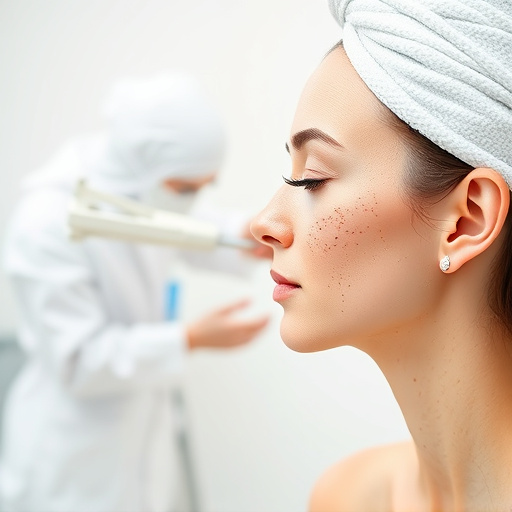
While many cystic acne treatment options focus on topical solutions and non-surgical treatments like customized facials for improved skin texture and tone, there are also surgical interventions that dermatologists recommend for severe cases. These procedures offer a more invasive approach to addressing the underlying causes of cystic acne.
Lifestyle changes play a significant role in managing cystic acne alongside these advanced treatments. Adopting a balanced diet, maintaining proper hygiene, and practicing stress management techniques can all contribute to skin health. Additionally, avoiding certain medications and topical products known to exacerbate acne can be crucial for effective cystic acne treatment.
Cystic acne, a severe form of acne characterized by painful cysts beneath the skin’s surface, requires a multifaceted approach to effective treatment. Today, dermatologists offer a range of options, from topical medications and creams that target bacteria and reduce inflammation, to surgical interventions for more persistent cases. Lifestyle changes, such as maintaining a healthy diet and managing stress, also play a crucial role in managing cystic acne. By combining these treatments, individuals can achieve clearer skin and improve their overall quality of life. Remember that consistent care and patience are essential when pursuing cystic acne treatment.


